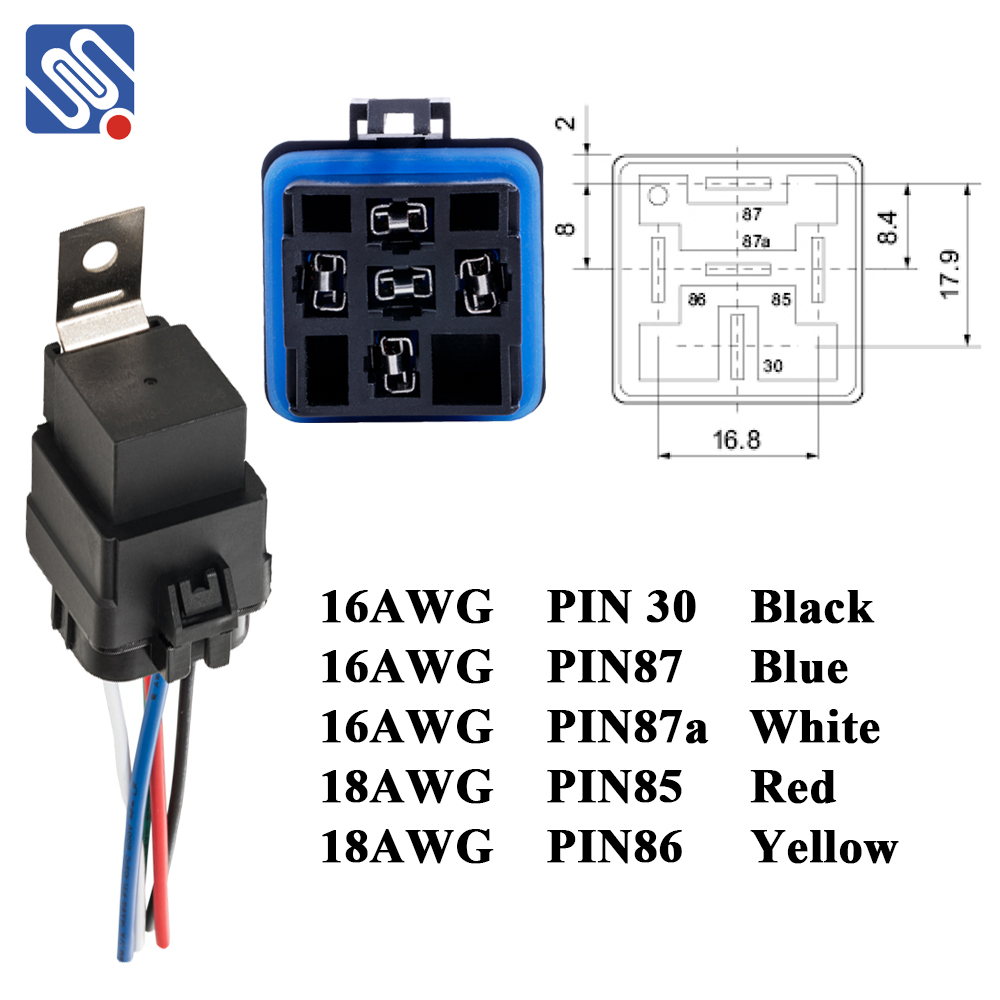
Relay wiring is a critical component in many electrical systems, particularly in automation, control circuits, and applications where high-power devices need to be controlled by low-power signals. A relay is an electrically operated switch that allows circuits to be controlled remotely or automatically. It essentially works by using a small electrical current to control a larger one, making it an essential tool in industries ranging from home automation to industrial machinery.

There are various types of relays based on their design and function. Some of the most commonly used ones include:
SPST (Single Pole, Single Throw): The simplest type of relay, used to control a single device with one contact.